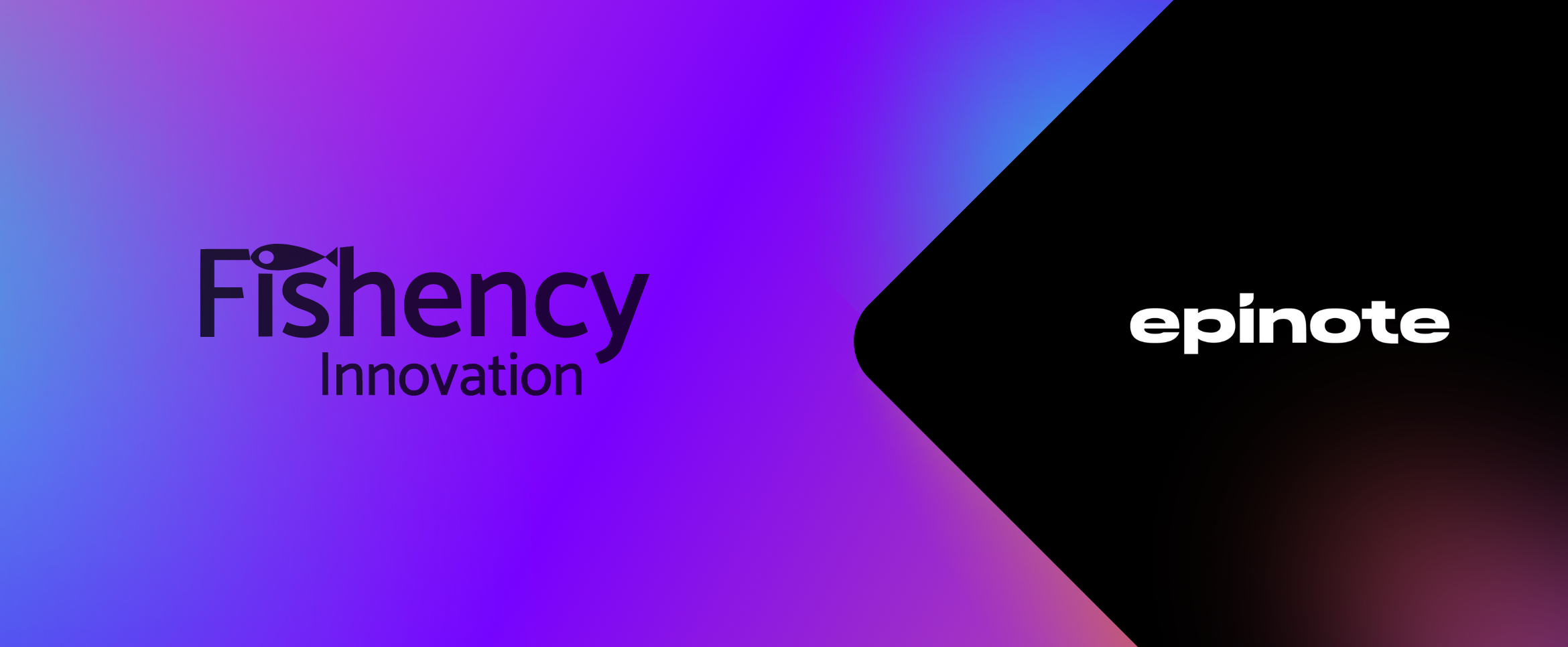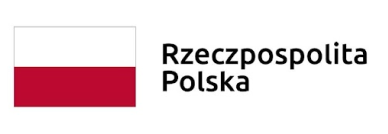The challenge
Fishency Innovation develops and commercializes a hardware and software solution using AI for the aquaculture industry. They needed help with high-precision data labeling of underwater videos depicting fish farms. More specifically, the analysts were required to spot and label images of fish affected by sea lice.
The project required very specific skills in distinguishing fish and parasites such as sea lice. Our team needed to build a distinct knowledge base and train the analysts to complete the assignment.
The solution
The cooperation began with learning more about Fishency’s needs and requirements.
The first part of the project was conceptual work. The teams worked together on creating the knowledge base, and guidance for the labeling process and discussed which types of data should be annotated. Then, Epinote project leaders took this raw input and turned it into a multi-layer sequence of smaller tasks for the annotators and QA analysts.
After completing the implementation work, the project was set up on CVAT and distributed to a special group of analysts trained for this particular assignment.
The key project requirement was annotating videos on a highly granular, frame-by-frame basis, to support AI training. Each annotated object was captured in three frames to allow for a 360° view of the object. The analysts were then placing bounding boxes on fish and dependent bounding boxes on sea lice objects for every frame, allowing for proper bounding box tracking throughout the video.
Annotated frames were then assigned for quality checks and finally; returned to the client in the COCO format, containing all required labeling.
The outcome
Epinote managed to annotate over 260 000 frames in under 3 months. Thanks to process engineering and access to skilled annotators the project was delivered on schedule and met very high accuracy requirements. We’re proud to have supported a technology built for more sustainable aquaculture.






